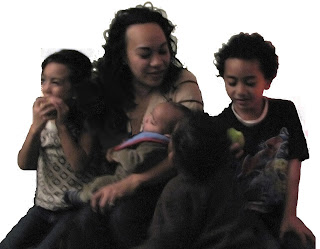Multicultural Breast Cancer Education Program
Join us in our efforts to promote Breast Cancer awareness, prevention and early detection to the refugee and immigrant community living in Utah, by becoming a Volunteer Multicultural Breast Cancer trainer and educator!
Multicultural Breast Cancer Training and What to Expect:
In an effort to educate women about breast cancer, CU is looking for volunteers to interact with the community (Refugee resettlement agencies, Church, College Campus, Health Fairs, etc.) The purpose of this training is to continue educating, informing and empowering refugee/immigrant women about the fight against Breast Cancer by having classes, trainings, workshops, and information about breast cancer.
As part of this training you will:
Learn facts about breast cancer and breast health
Learn risk factors and statistics
Learn how to protect yourself : how to do a self exam, where to go for clinical exam andv mammograms
Receive early prevention information, and resources for early screening and detection
Educate refugee/immigrant women on breast health and breast cancer by providing educational Workshops and info. on early detection and prevention
Be able to assist and increase the access of underserved multicultural, multiethnic, and multilingual women to breast cancer health education and screening
Address concerns of refugees and immigrants in relation to the disease
Successfully link the services of various orgs./agencies/clinics to women in the community through a culturally sensitive outreach program
After completion of the training, Volunteer Educators will be able to provide Breast Cancer Workshops and information to immigrant and refugee women at various organizations and events. MBC coordinator Masha Boguslavsky and Volunteer Coordinator Mayra Cedano will provide Volunteer Educators with opportunities for community outreach and education workshops.
All of our workshops are free to the community!
Breast Cancer workshops are designed to provide information about breast self-exam, early diagnosis of breast cancer and breast health issues and risks. These workshops would be of interest to anyone concerned about their breast health and can be offered through groups, organizations or business programs via group seminars, Lunch and Learns, health and safety training or conferences and conventions. Workshops are presented in a relaxed format using breast models for demonstration purposes (Participants do not have to disrobe).
Be a part of a great team that empowers women by becoming a Volunteer Breast Cancer Educator/Trainer!! For more information and questions, please contact Masha Boguslavsky, the Multicultural Breast Cancer Program Coordinator, at masha@cuutah.org; or CU Volunteer Coordinator Mayra Cedano, at mayra@cuutah.org. Or call us at 801-487-4143.
To bring a free workshop to your company, organization, give us a call at 801-487-4143.
Masha Boguslavsky
Multicultural Health Network and Breast Cancer Program Coordinator
Comunidades Unidas/Communities United (CU)
Phone: 801-487-4143
Fax: 801-487-414
www.cuutah.org
1341 S State St. Suite 211, SLC UT 84115




